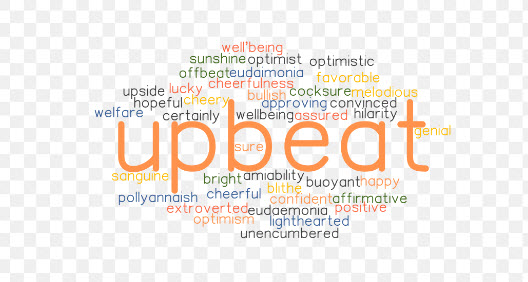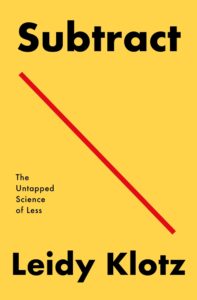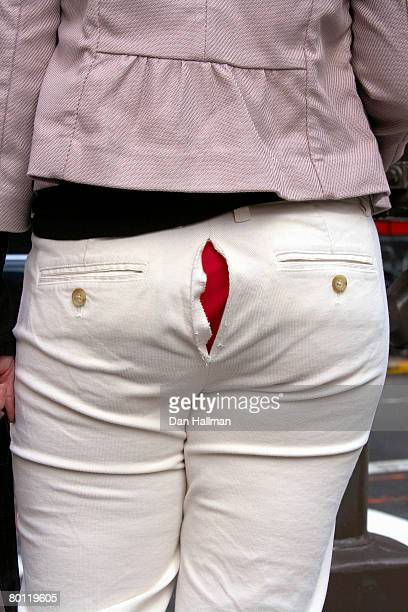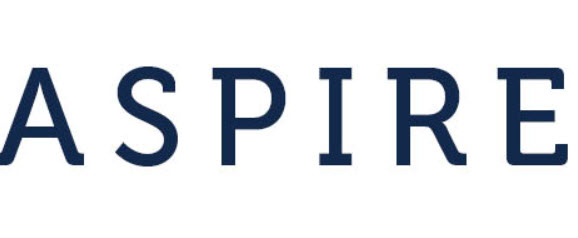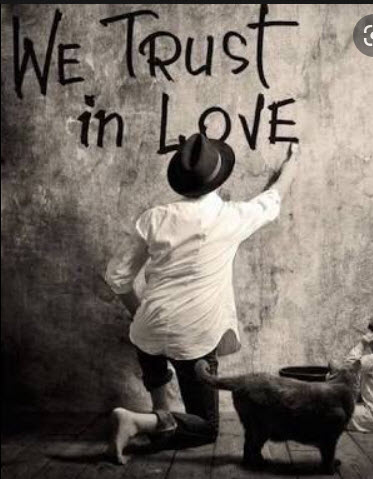Learning From the Future.
Ah the future. Every good brand planner takes it into consideration. And the best look mostly to the future. I break down the 4 types of strategists this way: rearview mirror planners, sideview mirror planners, dashboard planners and beyond the dashboard planners. What is strategy if not about predicting the future?
But the future goes counter to the one thing strategists care most about: Science. Science is about finding evidence that is replicable so that predictions aren’t predictions, they’re constant outcomes. The future in marketing doesn’t roll that way. Or role that way?? If this sounds a little chicken and egg, it is. That’s why the future is the brand planners’ nemesis. But we need to embrace it. Because that’s what marketing wants.
I read recently that when the radio was invented, the three NY baseball teams refused to broadcast the play-by-play. They thought it would cut into attendance revenue. Doh! Today, baseball games are interminable, most lasting three hours plus. So, the powers that be at MLB are considering a pitch clock to shorten the game. But what will happen to hospitality revenue when the games are shorter? There’s incentive for most owners to have longer games.
A number of years ago I told the director of marketing of the New York Mets he should incorporate social media in home games somehow. At the time 15% of attendees where head down in their phones during the game…especially the young women. “Nah,” was the answer.
Those that fail to learn from the future are doomed to repeat it. And you can quote me on that.
Peace.



